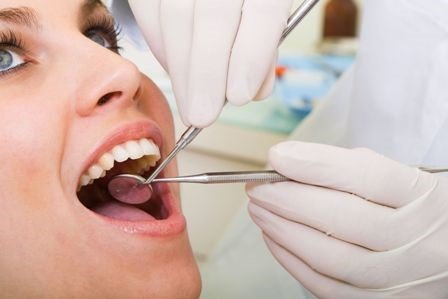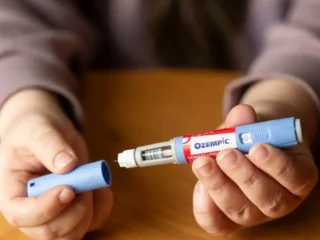We all dread a visit to the dentist. But bacterial infection makes us go to the dentist on and off. It seems that old bacteria are just ready to spring into action when a dental hygienist completes scraping plaque off a patient’s teeth.
Cavities occur in teeth when you eat sugar or other carbohydrates, which causes the bacteria to rebuild this tough and sticky biofilm quickly and to create acids that corrode tooth enamel. A new treatment has discovered that plaque and cavities could be stopped from forming in the first place, using a new type of cerium nanoparticle formulation that could be applied to teeth at the dentist’s office.
Our mouth contains over 700 species of bacteria, which includes beneficial strains that aid in the digestion of food or keep other microbes in check. But harmful strains such as streptococcal species, including Streptococcus mutans, are also present, which stick to the teeth and multiple shortly after cleaning.
These harmful microbes use sugar as an energy source and building block and gradually form a tough film that is not easy to remove by just brushing. They also make acid by-products that can dissolve tooth enamel by mobilizing sugar and leaving your teeth more prone to developing cavities.
To stop existing tooth decay and plaque, you can fight back with products, including silver nitrate or silver diamine fluoride and stannous fluoride, respectively. Nanoparticles containing zinc oxide were also studied, but repeated applications could lead to stained teeth and bacterial resistance, according to chief investigator Russell Pesavento, D.D.S., Ph.D., of the University of Illinois, Chicago. “Also, these agents are not selective, so they kill many types of bacteria in your mouth, even good ones,” he explains.
Looking to find an alternative that wouldn’t indiscriminately kill bacteria in the mouth, the researchers investigated cerium oxide nanoparticles on mouth microbes. The team produced nanoparticles by dissolving ceric ammonium nitrate or sulfate salts in water.
It was found that when polystyrene plates were seeded with S.mutans in growth media and bacteria were given sugar in the presence of the cerium oxide nanoparticle; there was a 40% reduction in the biofilm growth compared to plates without the nanoparticles.
“The advantage of our treatment is that it looks to be less harmful to oral bacteria, in many cases not killing them,” Pesavento says. Instead, the nanoparticles simply prevented microbes from sticking to polystyrene surfaces and forming adherent biofilms. Moreover, there was less toxicity from nanoparticles’ and metabolic effects in human oral cells than silver nitrate.
In July 2020, Pesavento was awarded a patent, but he would like to continue advancing his formulation so that dentists worldwide would be able to paint it onto a patient’s teeth. But before all that happens, the team notes that there is still a lot of work to be done.






